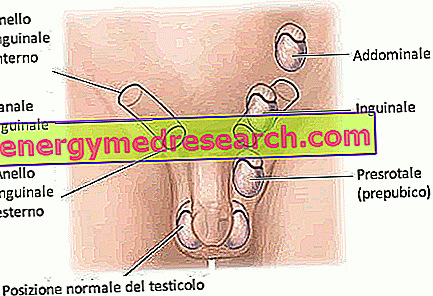Related articles: Polimenorrea
Definition
Polymenorrhea is a disorder of the menstrual cycle in which menstruation is more frequent than normal.
As a rule, the interval between one menstrual flow and another is 25-36 days (on average: 28 days); in polymenorrhea this periodicity is lower, due to a shortening of the ovulation phases (note: the disturbance must be considered only if it continues for several successive cycles).
A higher frequency of menstrual flows can be constitutional, ie without any pathological connotation. In other cases, instead, the polymenorrhea is due to endocrine imbalances (dysfunctions of the hypothalamic-pituitary-ovary axis, eg progestin deficiency, prolactin hyperproduction or thyroid abnormalities), anovulatory cycles (the corpus luteum is not formed) or altered endometrial response to normal hormonal stimulation.
Closer menstrual cycles may also indicate the presence of gynecological diseases, including endometriosis, polycystic ovary, adenomyosis and uterine neoplasms (eg fibroids, polyps of the cervix or endometrium).
Furthermore, polymenorrhea can be a symptom of the premenopausal state.
Possible Causes * of Polimenorrhea
- Cervical cancer
- Endometrial cancer
- Endometriosis
- Uterine fibroids
- Menopause
- Polycystic ovary syndrome
- Ovarian cancer



